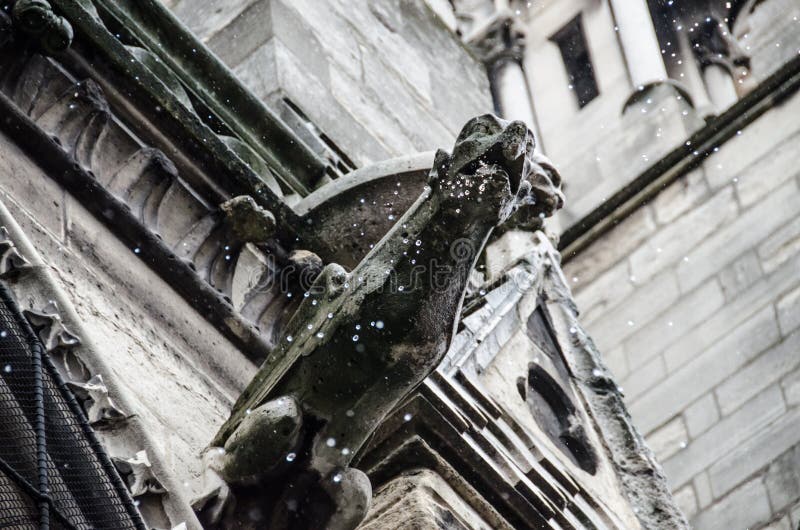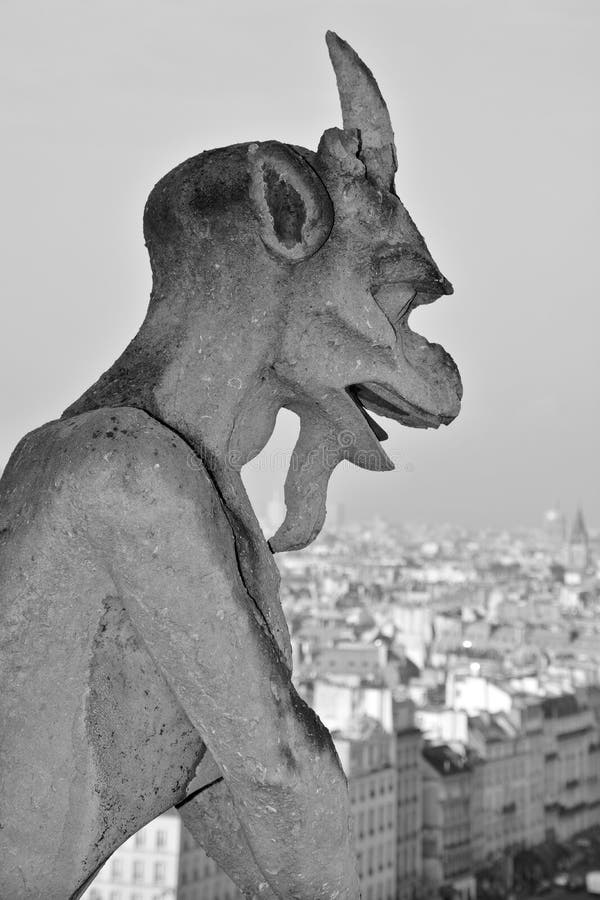

Simply said, the Scriptures give us no reason to believe that any being that looks like gargoyles exist. This is also not likely considering their goal of tricking people right into thinking them to be angels of light. However, it is not likely that demons are certainly going to take on such a kind. The Bible represents demons in some cases as looking somewhat like them. These creatures are not present in discussions in the Bible. Ancient Egyptian architecture additionally flaunts the gargoyles most of these formed as lions. These spouts existed into the side of the holy place of Zeus in Olympia, Greece. Among the earliest examples of gargoyles is a collection of lion-shaped water spouts. Still, they go back to pre- Christian times. Once again, the beyond of the church was in contrast with the in. It is also feasible that the belief behind gargoyles was to produce symbolic depictions of heck. Therefore, they were an alerting to the populace that it was better to be inside the church, in comparison to outdoors. However, outside the church was a spiritual risk. The reasoning was that the church was offering spiritual security for the ones that approved its authority. It is additionally possible that they signified fiends, damned hearts, and inhuman entities. Some believe that these creatures on a church had the purpose to fend of evil. They used them for a second objective, after drawing away water from the church wall surfaces. The origin and significance of gargoyles.Ĭatholic churches during the Middle Ages utilized gargoyles.

The rainwater was typically exiting through the open mouth of the beast. They were cutting troughs in the back of the gargoyle. They did so in order to decrease the potential damage from a rainstorm. In that way, gargoyles prevent rainwater from running from masonry walls and eroding the mortar between.Īrchitects usually utilized multiple gargoyles on a building to divide the flow of rainwater off the roof.

In architecture, gargoyles are formed or carved grotesque with a spout that people designed to convey water from the roof and away from the side of a building.


 0 kommentar(er)
0 kommentar(er)
